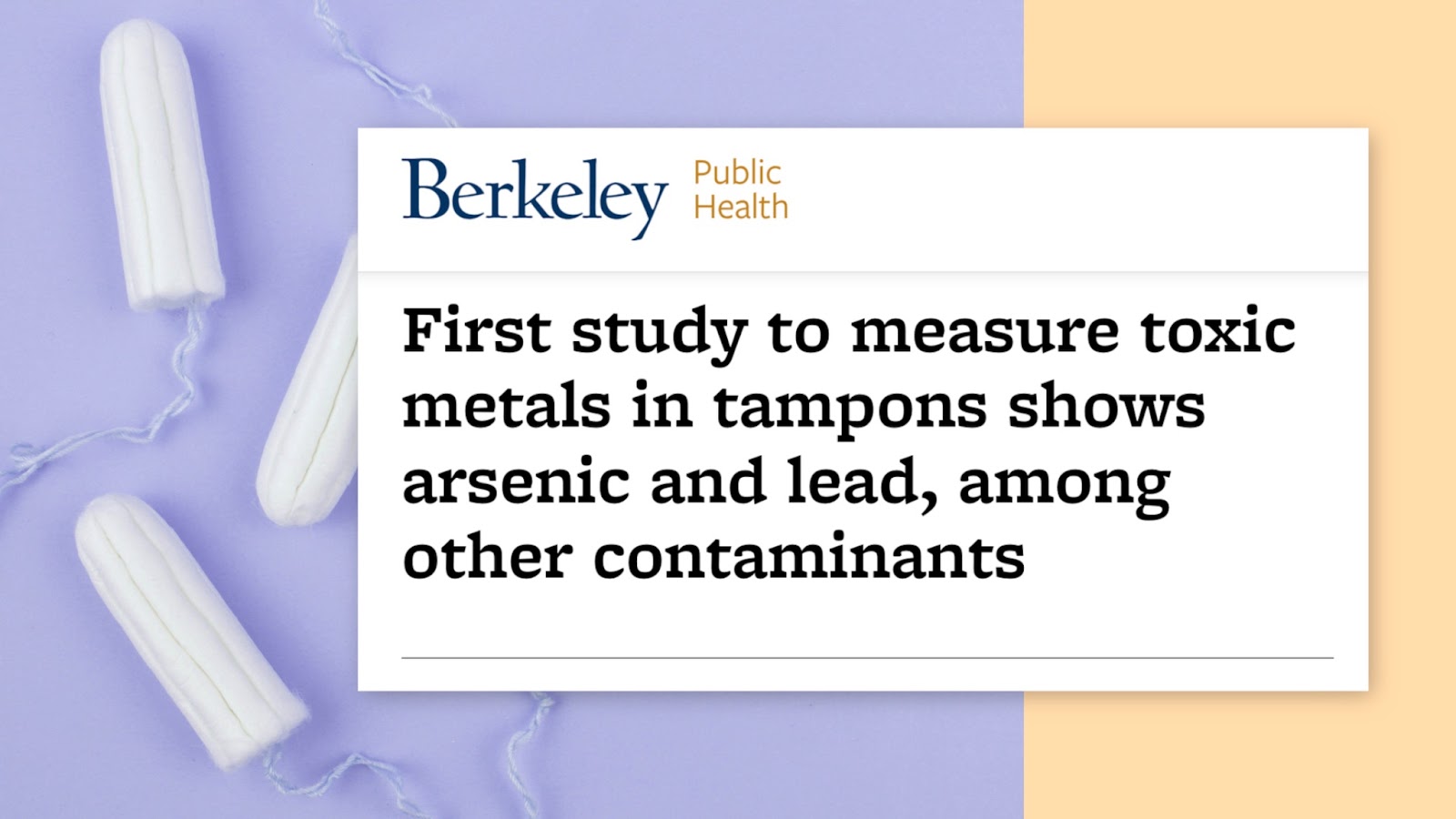Vaginal laser therapy.
Have doctors found the fountain of youth for the vagina?
Don’t have time to read this post? Watch the video here instead!
So there’s been a tremendous increase in interest in an area of medicine called cosmetic gynecology. This is where there are concerns that women have about the look, appearance, shape, feel — and overlap with other medical problems (dryness, incontinence, sexual pain, feelings of loss of sensation during sexual activity…). And there are a number of procedures and surgeries and therapies that are designed to address these issues.
One such therapy is called a vaginal laser. This treatment involves a laser probe that is placed into the vagina (in an outpatient setting). It emits light energy with CO2 into the tissue and causes the tissue to tighten, become more moist, and more sensitive.
So let’s separate the facts from the hype.
What is this therapy?
Who should have it?
And what are the evidence-based indications?
The vaginal laser was FDA-approved for general use in gynecology. The best evidence for use is in genitourinary symptom of menopause. What does that mean? Well in menopause, tissues become dry, irritated and can increase pain, itching, dryness, and urinary frequency/urgency.
The standard of care treatment is a topical estrogen therapy. There was a randomized trial (a high-quality evidence study) that looked at estrogen versus laser therapy — and it showed equivalence. So either of these treatments were good. There was another meta-analysis that looked at all of the literature — and found that it was an effective treatment for bothersome postmenopausal vaginal dryness.
Now, there are some smaller studies that also show improvement in urinary urgency, urinary frequency, and incontinence. Now, while some providers will claim it helps with vaginal laxity, vaginal prolapse, and the treatment of certain skin conditions — there’s very little evidence to support those benefits.
So we’ll answer some common questions.
1. How is it performed?
It’s performed as a series (one treatment every month for three months and then once a year going forward). It’s an office-based therapy that is similar to having a pap test done. Takes around five minutes to complete.
2. Is it safe?
The side effects from the treatment can be itching, burning, slight discharge, pain, and — in very rare cases — persistent pain. In fact, in 2019, the FDA issued a safety communication that stated that the long-term safety effects of this therapy are not completely understood.
3. What’s the price tag?
So this is not an insurance-covered therapy (or an insurance-covered benefit). The treatments are anywhere from $500 to $1,500 per treatment.
4. Will the procedure affect sexual sensation?
Well, many providers (and many patients) have found this to be a benefit.
5. How long does it last?
Well, the initial treatment series occurs over a three-month time period — and then it lasts about a year. And then there’s essentially an annual “top off” therapy that’s done once a year to maintain that benefit.
6. Is there any downtime?
There’s no functional downtime. You can go about all of your normal activities immediately after the procedure — with the exception of no sexual activity. So nothing in the vagina for 48 hours after (and frankly, 48 hours before) the treatment.
So there are some patients who have genitourinary symptom of menopause (or itching, burning, pain, and urinary frequency), and the standard therapy for that (estrogen) — they just can’t have it. These patients may have had a history of breast cancer, or a history of a blood clot, or for some other reason can’t take estrogen — and they’re suffering and miserable.
So here is a treatment (frankly, this is the primary indication that we use it for in my practice) to give these patients — who have no option — an actual means of treating this condition.
So dryness, urinary symptoms — you’re good to go!
Treating for sexual pleasure/sexual satisfaction or treating prolapse and vaginal laxity — no data.
Hopefully this was helpful. You can share it with someone who needs this information — and make sure you probe that subscribe button!




